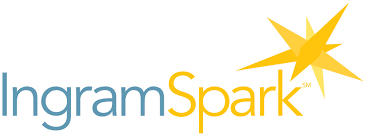|
Your book cover design will become the ‘face’ and (most importantly) the advertising that represents your work as an author, with so many books being published on a daily basis, it goes without saying that making a great first impression is vital.
So, having a professional and creative book cover design should be at the top of your list (among editing, marketing and publishing of course), but how do you know what should be upon the front and back pages of your book? Every author will ask themselves what the most important elements that should be upon the cover design are. You can end up thinking of the many key points within any book and find it is easy to become overwhelmed, convincing yourself that ten or twenty different things need to be shown (in order for the reader to understand ‘everything’ prior to reading).
0 Comments
Creating a book cover design for an Indie publication will normally involve one of the major players in the Print On Demand industry, now for new authors who may not have published their book yet, the first thought will be of Amazon and it’s publishing wing Createspace. Createspace is a great way to market and is the first choice for many Indie writers, however, their choice of formats is smaller than that of Ingram Spark and you’ll also find some distribution differences too (which we won’t go into today).
For the writer who wants to have their book as a hardback for instance, Ingram is a good choice and offers several options upon their website www.ingramspark.com, when we look at book cover design with Ingram they do offer a very useful template system, here you can simply enter the details of your book and they will then email the template directly to you. |
JD&JCategories
All
Archives
July 2024
All information within this website (including its blog) is published in good faith and for general information purposes only. JD&J Design LLC does not make any warranties about the reliability and accuracy of this information. Any action you take upon the information in this website is strictly at your own risk. JD&J Design LLC is not liable for any losses and/or damages in connection with the use of this site and information.
|





